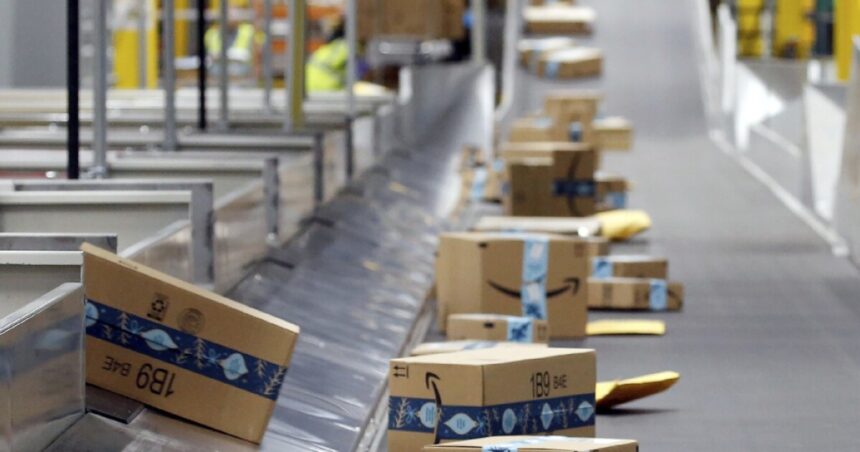According to a Senate committee’s investigation, nearly half of Amazon’s warehouse workers are injured during its Prime Day savings event.
The chairman of the Senate Health, Education, Labor and Pensions Committee, Democratic Sen. Bernie Sanders of Vermont, published a report one day before this year’s two-day sale began on July 16. The report claims that Amazon’s warehouses are “especially unsafe” during the event and alleges that “the company knows it.”
According to Amazon’s internal data cited in the report, the total injury rate during the 2019 Prime Day event was “just under” 45 injuries per 100 workers when including injuries that aren’t disclosed to OSHA. When considering only the injuries required to be disclosed to OSHA, the rate was over 10 injuries per 100 workers, which is more than double the industry average.
The injuries sustained include a range from bruises and cuts to more serious issues like torn rotator cuffs and concussions, which Sanders claims are often underreported. He also alleges that Amazon’s history of underrecording serious injuries means the actual number of injuries sustained on the job is likely higher.
Sanders points out in the report that Amazon’s warehouses are commonly understaffed during peak periods like Prime Day and holidays, leading to longer hours and a higher chance of safety guidelines being ignored, ultimately placing workers at risk.
RELATED STORY | Here’s why the inside of your Amazon package might soon look a little different
Last year during Prime Day, Amazon generated $12.7 billion in sales over two days. Sanders criticized the company’s injury rates given its significant profits and resources, calling the conditions “egregious.”
Amazon spokesperson Kelly Nantel responded to the report, stating that the data used is outdated and doesn’t reflect current safety measures. Nantel highlighted the company’s progress in reducing injury and lost time incident rates since 2019.
The report follows OSHA citations of three Amazon warehouses last year for endangering employees and a recent $5.9 million fine in California for violating Warehouse Quota Law.





